2. The general history of Boleskine House
Go to next point of interest >
The first thing you might notice is the peculiar shape and size of Boleskine House. The building is a large granite construction originating sometime in the eighteenth–century, but it could be older. We do however know there were sandstone additions by the late 1700’s and it was at this time its history as a residence begins.
Architecturally, Boleskine House is of a Georgian Scottish vernacular. This is evident in the large grandiose windows which boast remarkable views over the Highland landscape on its loch-side elevation. The style demonstrates a typical Georgian symmetry, however, we will see there are some interesting quirks to the building that offsets this.
One may think that not much positive can come of a fire, but in this case the devastation forced us to begin almost from scratch. This meant that when we began removing the modern concrete render that someone in the early 21st century had applied to the building, we made some fascinating archaeological discoveries.
We have few written records about buildings in this area before the eighteenth–century. So far, we have to rely on the old military survey maps by William Roy to get an idea of what was existent. What we have discovered for Boleskine is that there was definitely an older building that was later extended and built onto in the late eighteenth–century, probably by the first person to commission Boleskine House as a residence, Archibald Cmapbell Fraser of Lovat.
Looking at the front of the house, you will see a grand central room flanked by two very large curved rooms. At the end of these curved rooms, a small granite return connects to the corner rooms. This small return signifies the edge of the original building. We know this because the three central rooms show granite reveals around the windows, whereas the remainder of the house’s windows are dressed in sandstone. This was one of the remarkable discoveries made when we began taking off the concrete render from the windows, which has been painted to match the sandstone. It is our belief that Archibald Campbell Fraser of Lovat was responsible for putting the house’s first extension on and installed the decorative sandstone.
Supplementary: The Boleskine House 2019 Existing Fabric Report dating its archaeology
